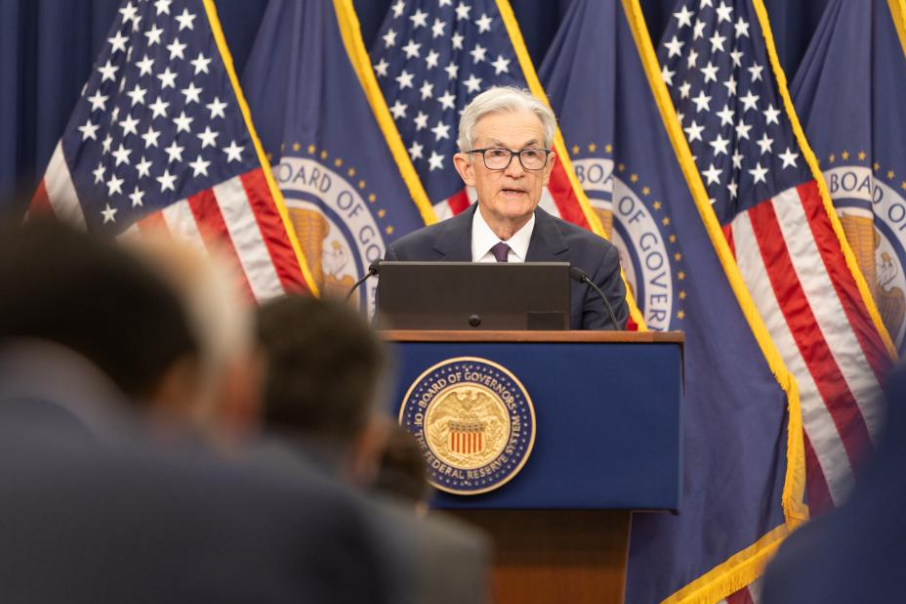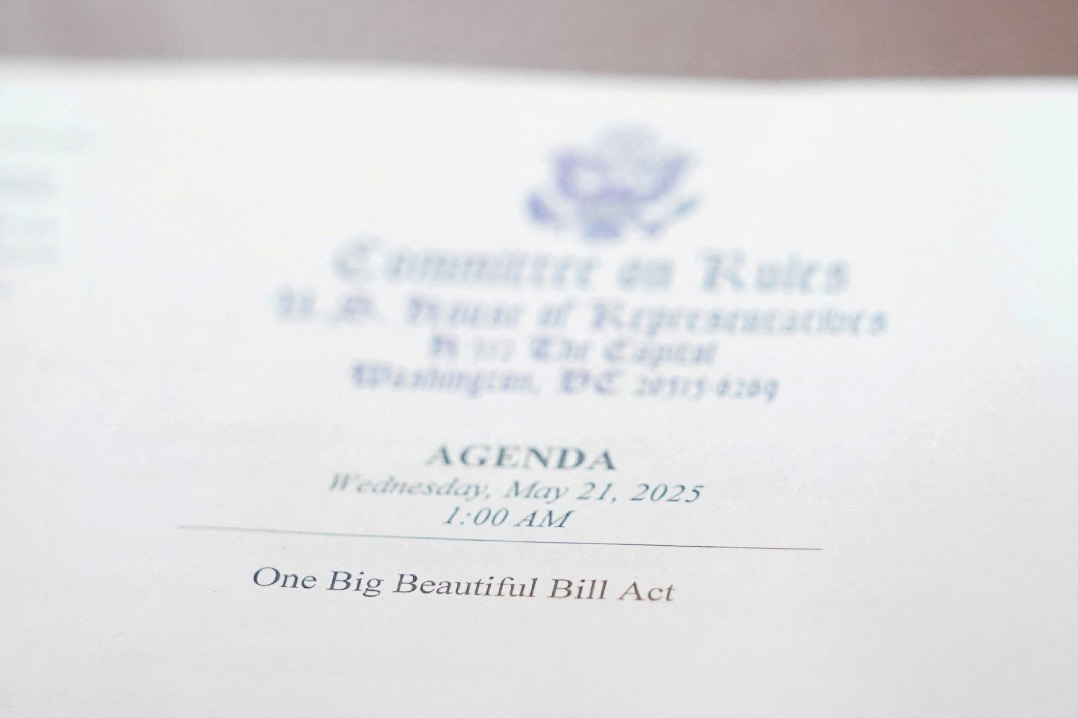Business leaders call for closer ties between California and China

For Thomas Escher, chairman of Red and White Fleet, a century-old sightseeing cruise company based in San Francisco, the connection between the United States and China isn’t just a matter of economics. It’s deeply personal and generational.
Escher’s grandson has been learning Mandarin for more than a decade, a reflection of the family’s long-standing engagement with China.
“He’s been taking Chinese for 11 years,” Escher told China Daily during the China-California Business Forum in Los Angeles earlier in June. “We’ve traveled to China with him and have built friendships and business relationships. It’s about understanding each other’s mentality. When people connect, business follows.”
Escher’s company, which has operated in San Francisco since 1892, has long welcomed Chinese tour groups aboard its iconic cruises beneath the Golden Gate Bridge. In recent years, the company has expanded its offerings with Chinese-language audio guides and customized itineraries for Chinese travelers.
“China is a very important market for us,” Escher said. “We’ve worked closely with Chinese clients for years. There’s a strong history of people-to-people and business relationships between California and China. The two countries complement each other, and everyone would benefit from a more constructive relationship between the US and China.”
Escher was among the hundreds of American business leaders, public officials and trade experts who gathered at the forum to explore how subnational cooperation could help stabilize and expand bilateral economic ties in the face of global uncertainty.
Christine Peterson, director of international trade and investment for the City of Los Angeles, emphasized that Los Angeles remains a key gateway to Asia and a strong advocate of city-level engagement with China.
“China continues to be one of our top trading partners, with more than $4.8 billion in exports each year,” Peterson said. “Despite the geopolitical headwinds, China is a market we cannot ignore. There’s tremendous innovation coming out of China in science, technology and sustainability, and LA companies are eager to engage.”
Peterson said that subnational collaboration helps build commercial resilience and offers cities a way to manage long-term partnerships despite broader tensions between national governments.
Echoing this sentiment was DC Cheung, director of the Hong Kong Economic and Trade Office in San Francisco, who underscored Hong Kong’s unique position as a “super connector” between the Chinese mainland and global markets.
“Facilitating trade and investment is what Hong Kong does best,” Cheung said. “We offer a stable currency pegged to the US dollar, a robust common law system, and a trusted business environment. Even China is supporting Hong Kong as a key hub for international arbitration and dispute resolution.”
The Port of Los Angeles, the busiest container port in North America, plays a central role in the dynamic of subnational collaboration. Dina Aryan-Zahlan, deputy executive director of development at the port, said her team has been working closely with Chinese counterparts on climate and supply chain cooperation.
“We’ve developed agreements with the ports of Shanghai and Shenzhen to advance decarbonization, establish green shipping corridors and promote digital innovation,” she said. “These partnerships not only help us meet environmental goals, they also reduce uncertainty and make trade more predictable.”
Aryan-Zahlan stressed that future cooperation must also focus on infrastructure modernization, workforce development and supply chain flexibility. “These are areas where collaboration can directly improve economic outcomes on both sides,” she said.
Across the harbor in Long Beach, port officials have observed a noticeable shift in trade activity following a decision by the Trump administration to pause the imposition of new tariffs on Chinese goods for 90 days.
“We’ve seen early signs of recovery in shipping orders since May,” Noel Hacegaba, chief operating officer at the Port of Long Beach told China Daily. “This pause gives us reason for cautious optimism. It could encourage shippers to return to our port and create space for the two countries to reach a more lasting agreement.”
According to the US Census Bureau, total US goods trade with China reached $574.8 billion in 2023, with $147.6 billion in exports and $427.2 billion in imports. California plays a major role in this relationship, exporting $175 billion globally last year, with China remaining one of its most important partners.
For business leaders like Escher, the numbers only support what he has seen firsthand — that the most solid foundation for bilateral cooperation lies in mutual respect and personal connection.
“My family has been working on this vision for more than a decade,” he said. “When people meet, understand each other and work together, we all benefit. That’s how meaningful cooperation begins.”
renali@chinadailyusa.com
































